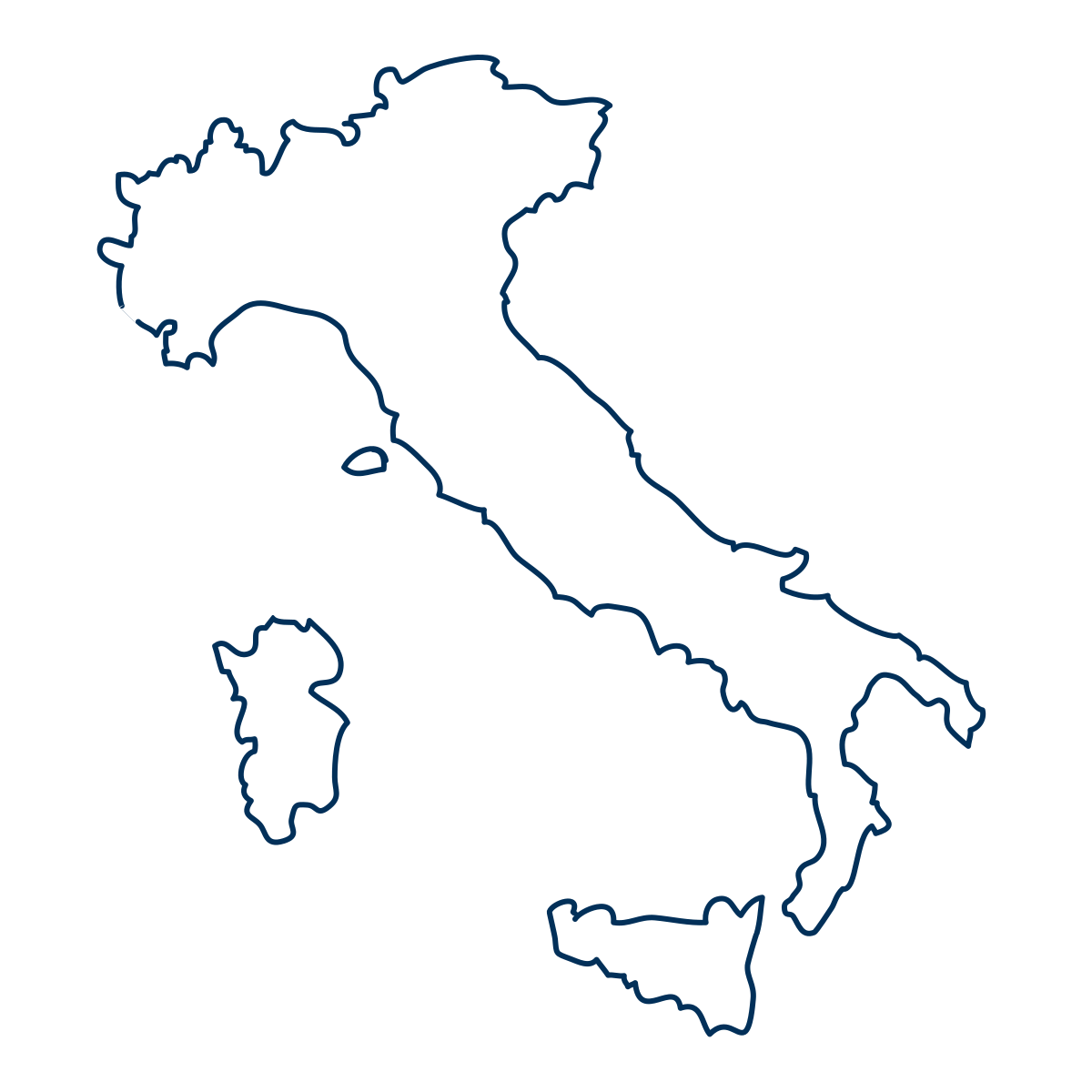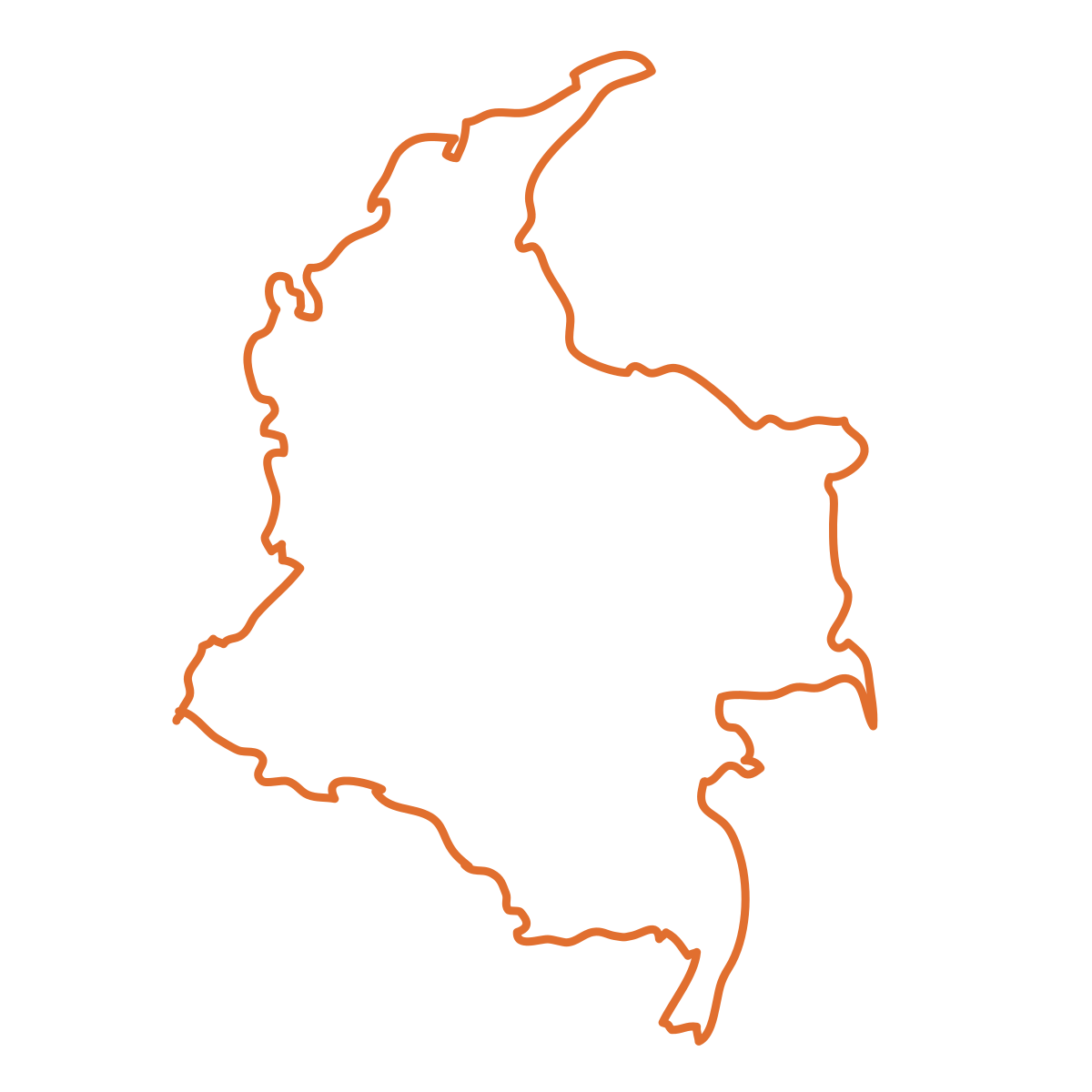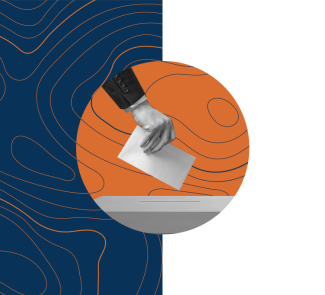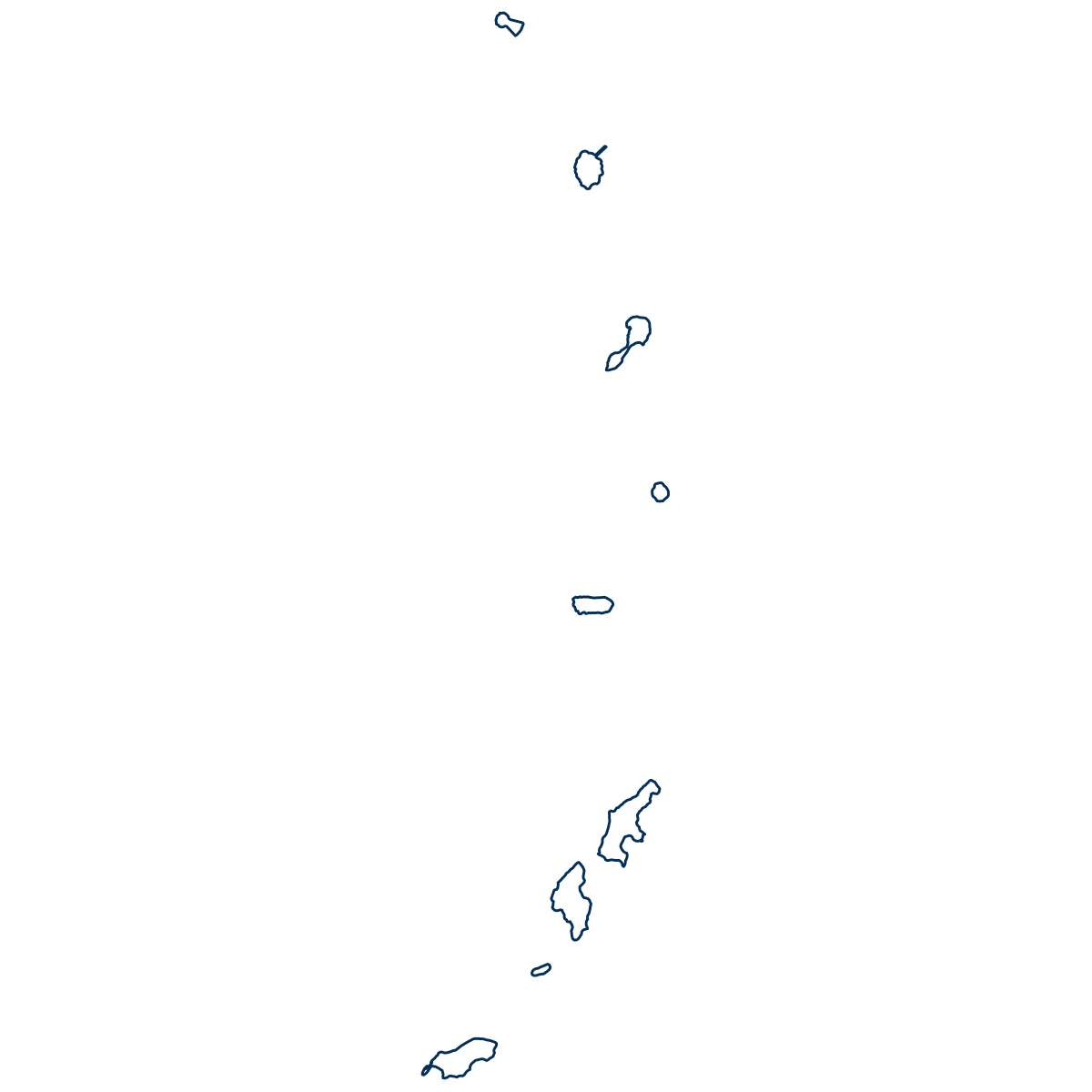When deciding how to select judges, governments consider a number of factors. Some prioritize high performance on a competitive examination. Some look for pragmatic knowledge and administrative competence above all else, while others seek candidates who have had distinguished careers as practitioners.
There are three main methods by which judges are selected around the world: appointment, competitive exam, and election. Different methods may be used at different levels. Trial court judges may be selected by examination, for instance, while supreme court and constitutional court justices are appointed. For each of these methods, there often are also specific criteria that a judge must satisfy—such as age, nationality, previous legal experience– in order to be considered qualified. There may also be collective criteria to be satisfied; for instance, a constitutional court of sixteen judges may need to have at least 50% of its members come from among appeals judges.

Appointment
Appointment is the most common method of selecting lower- and higher-court judges in common-law countries, and for supreme and constitutional courts in civil- and mixed-system countries. In most countries, this appointment is by the executive, but there are systems that assign the minister of justice and members of the judiciary a role in the appointment process.
Countries that use governmental appointment to select their judges include Argentina, Australia, Canada, the Czech Republic, Hungary, India, Israel, Namibia, New Zealand, the Philippines, Russia, South Africa, the United Kingdom, the United States (federal and many states), and Zimbabwe.
Different Procedures for Appointment
- Legislature may need to approve the appointment
- A judicial council that includes members of the judiciary may provide a list of nominees from which the president must choose.
- A judicial appointments commission may either to work with the executive to appoint judge or take on the responsibility itself (these bodies are particularly popular in new democracies because of their apparent apolitical character).
Constitutional Courts

The appointment process for constitutional court justices can be quite elaborate, with an emphasis on a diverse composition of the court in addition to individually qualified judges. For instance, the executive, legislative, and judicial branches may share appointments: Italy’s fifteen-person constitutional court includes five jurists appointed by the judiciary, five by the parliament, and five by the president. When the legislature is involved, there may be certain political-party representation requirements, where each major party has at least one judge on the court.
Colombia's Supreme Court

In Colombia, supreme court justices are chosen by members of the court, from a list of candidates provided by the Consejo Superior de la Judicatura. Although many judges of Colombia's lower courts enter the judiciary by way of competitive examination, de facto many judges are named on an interim basis by their peers and remain in that status for years.

Examination
Examination-based training systems are prevalent in civil-law countries. Judges in many of these nations are part of the civil service. The emphasis is on pragmatic knowledge and noninterference in the political process.
Judicial training is often commenced just after university or law school education is completed, meaning that new judges are frequently in their mid-twenties. Judges join the bench after completing a training program and successfully passing an examination. Alternatively, they are recruited into such programs after scoring competitively on an entrance examination. These programs usually last between six months and three years and can include a lengthy internship component in judicial or government offices.
Entrance Exams

Countries that employ entrance exams to identify qualified candidates often also involve their supreme courts in the process. The Supreme Court of Japan, for example, controls the initial selection of assistant judges and is involved with reappointment and promotion. Other countries that use some form of examination and training program to select their judges include Austria, Bangladesh, Egypt, Finland, France, Germany, Greece, Indonesia, Italy, Japan, Nepal, Netherlands, Singapore, Spain, Portugal, and Sweden.

Election
In a small number of countries, judges are directly elected to their positions by the people. Judicial elections may be limited to certain types of judges. Or, sitting judges appointed by the executive may be subject to a popular election when their initial term expires.
Bolivia

Currently, Bolivia is one of only two countries that elects the majority of its judges through popular vote, and the practice only commenced in 2011 after ratification of the new constitution in 2009. The other country is Mexico which began implementing a new system for the popular election of all judges, including Supreme Court justices, in 2025.
Switzerland

In Switzerland, federal judges are elected by parliament, and judges in the cantons are elected by citizens (through local political parties).
Japan

In Japan, supreme court justices are appointed by the government, but are reviewed in a popular referendum every ten years.
Northern Mariana Islands

Judges of the supreme court of the Northern Mariana Islands can have their eight-year terms renewed if approved through voter election.
United States

In the United States, many states elect some of their judges or subject judges appointed by the executive to retention election. However, federal judges are appointed by the president.
